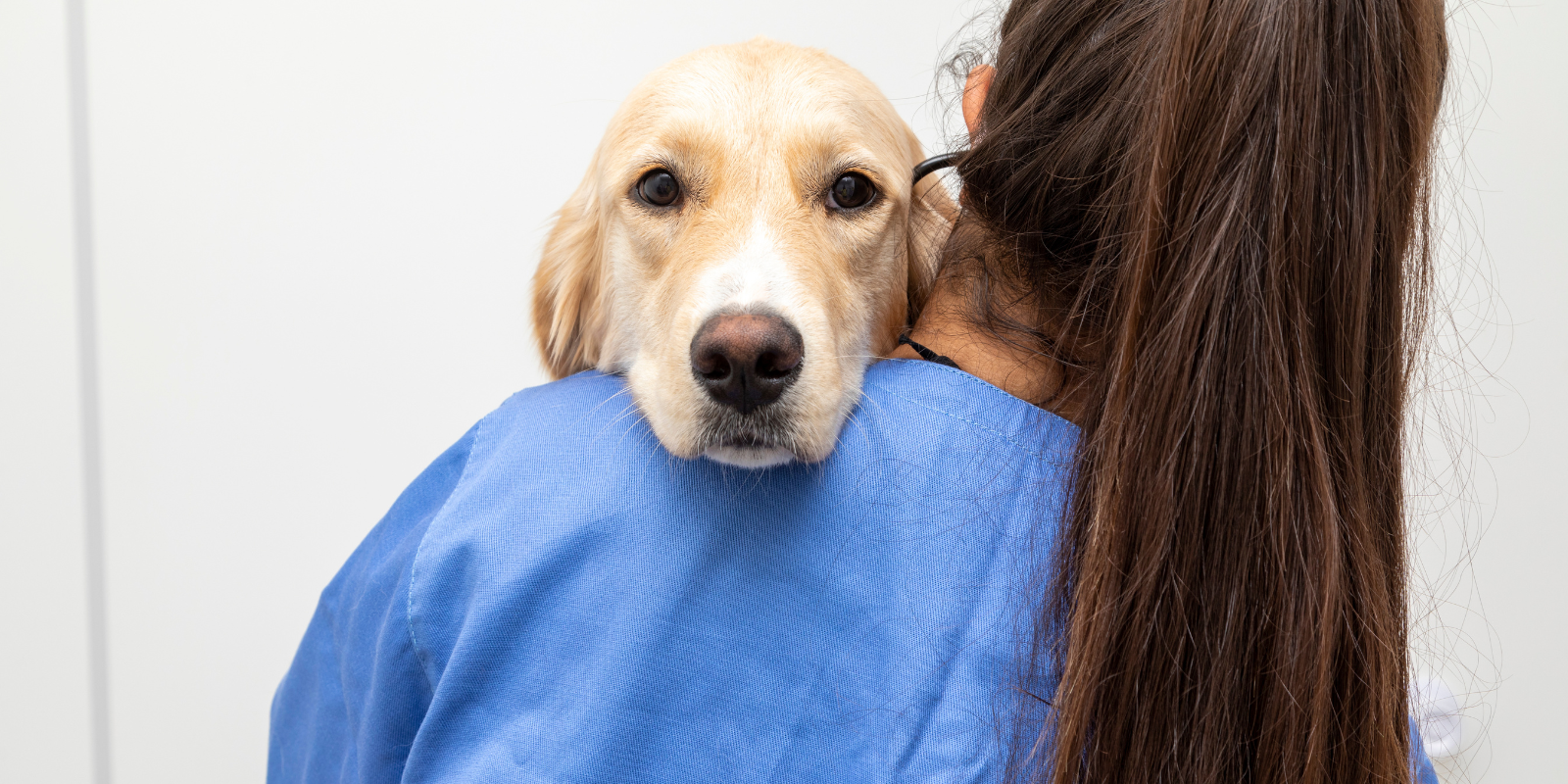Last month the American Cancer Society (ACS) released updated guidelines for cervical cancer screening. The most notable change in guidelines is the changes in the age to begin screening. Per the new guidelines, it is recommended that cervical cancer screening begin at age 25. Previously, the starting age for screening was 21. Additionally, ACS recommends that human papillomavirus (HPV) testing is the preferred method of screening and can be done every five years. However, HPV testing is not yet widely available, therefore a Pap smear every three years is still recommended in situations where HPV testing is not possible.
Jill Alldredge, MD
“As HPV is the cause of nearly all cervical cancers, the incorporation of HPV, or DNA testing, into traditional Pap smear screening has been occurring over the course of the past decade,” explains Jill Alldredge, MD, assistant professor in the department of obstetrics and gynecology. “The transition to HPV testing alone is a natural culmination of this advancement – high quality research has shown that the HPV test alone every 5 years is superior to Pap smear testing alone.”
Although the recommendations for cervical cancer screening have been simplified, it is important that women still go in for gynecologic exams regularly.
“HPV/Pap testing is purely for cervical cancer screening, and cannot detect vulvar, vaginal, uterine or ovarian cancer or other abnormalities,” says Alldredge. “I strongly encourage women to continue to have an annual pelvic examination with their physician, regardless of cervical cancer screening recommendations.”
Higher rates of HPV vaccinations reduce burden of cervical cancer
The HPV vaccine has been used for nearly 15 years in the United States. Additionally, the rate of HPV vaccinations has been increasing. Because of this, more young women are protected from cervical cancer, which reduces the burden of cervical cancer overall.
“In areas with universal uptake of the vaccine, there is projected elimination of cervical cancer entirely, which is incredible,” explains Alldredge. “In Australia for example, routine and mandated publicly funded vaccination occurs in all children age 12 to 13 with a catchup program from age 14 to 26, in conjunction with a screening program with HPV testing alone – their timeframe to elimination of cervical cancer is 2035!”
Although rates of vaccination are increasing, the United States is much further away from the complete elimination of cervical cancer. According to the Centers for Disease Control and Prevention (CDC), only 51% of adolescents in the United States are currently protected against the HPV virus.
HPV and cervical cancer
According to the National Cervical Cancer Coalition, the HPV virus causes nearly all cervical cancer diagnoses. The HPV virus is the most common sexually transmitted infection in the United States according to the CDC. Nearly 80 million Americans – one out of every four people – are infected with the extremely contagious virus. Yet, many of those people are unaware of the infection and can be passing it to their sexual partners. The HPV vaccine prevents infections that can lead to cancers including cervical, anal, penile, oropharyngeal and vaginal.
Other ways to protect yourself against the HPV virus:
- Practice safe sex.
- Limit the number of sex partners.
- Use condoms.
- The only way to completely protect yourself from the HPV virus and other sexually transmitted diseases is by practicing abstinence.
HPV vaccine and cancer prevention
The HPV vaccine is the most effective way to protect yourself from an HPV infection. The vaccine, which is given to both boys and girls, generally starts around 11 or 12 years of age, but can be given as young a 9 in some cases. However, it can be given to individuals up to 26 years old who have not received the vaccine when they were younger.
“This is the only vaccine that prevents cancer – and I care for women fighting against and dying from this cancer regularly. It is devastating, especially as it can affect women young and old, pregnant women and new mothers,” says Alldredge.
Increasing HPV Vaccination in Colorado
The University of Colorado Cancer Center’s Office of Community Outreach and Engagement (COE) is focused on identifying and addressing cancer health care disparities, as well as improving outcomes in underrepresented populations in our state.
“We are working on a couple initiatives to increase HPV vaccination rates amongst the Denver Health Clinics for adolescents and young adults,” explains Jose Barron, Community Outreach and Engagement Coordinator. “One initiative focuses on providing information in both English and Spanish about the vaccine and how it can prevent many forms of cancers. It also has a patient navigation component which will help assist underrepresented patients with scheduling as well as finding resources for them to overcome barriers that would otherwise impede the uptake of the vaccination.”
Another initiative from the COE includes an HPV educational video that is culturally tailored to the Latino population.
“The video is designed to educate, entertain and motivate Latino men and women to vaccinate themselves and their children to prevent HPV related cancers,” says Barron. “It will also have a virtual reality component where viewers will have the opportunity to choose the protagonist’s decision to get vaccinated. If they choose not to have the protagonist undergo vaccination, we will show what a potential cancer diagnosis will feel like 20 years down the road.”




.png)